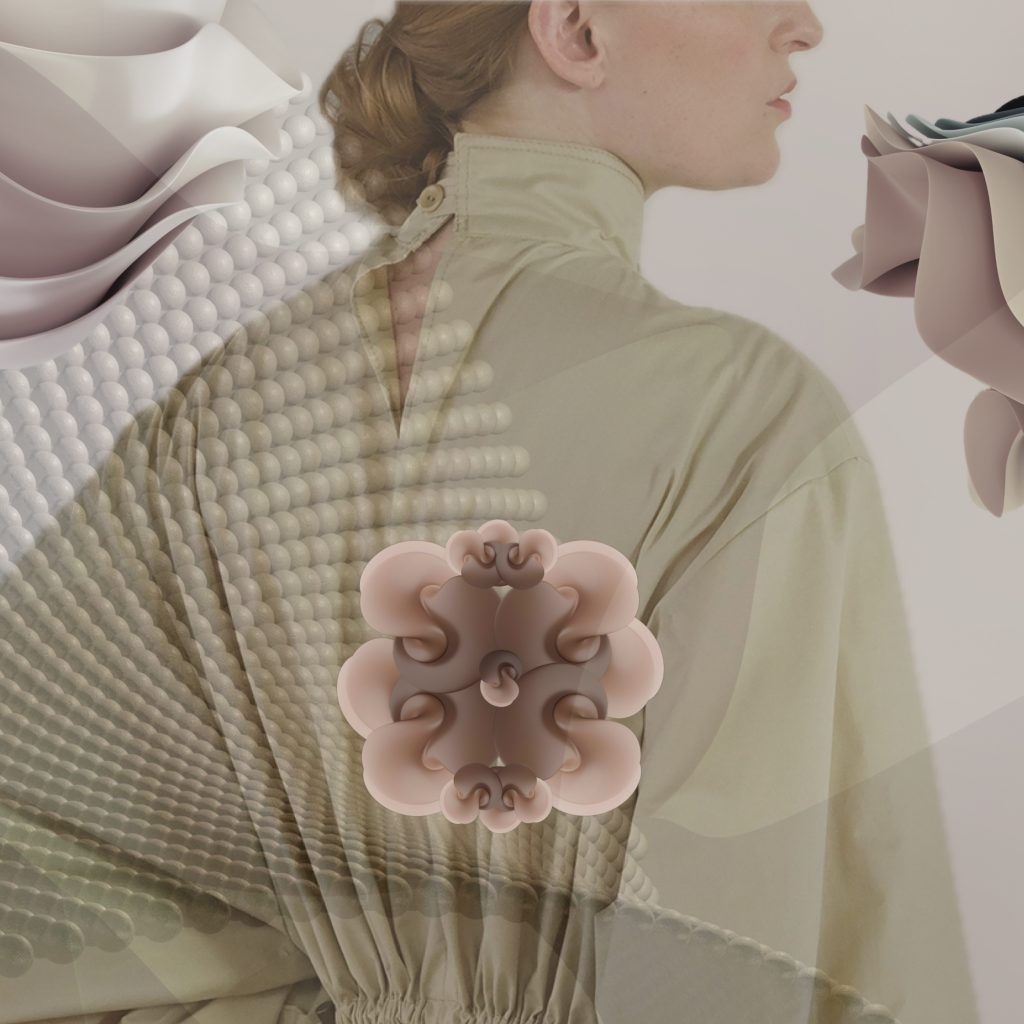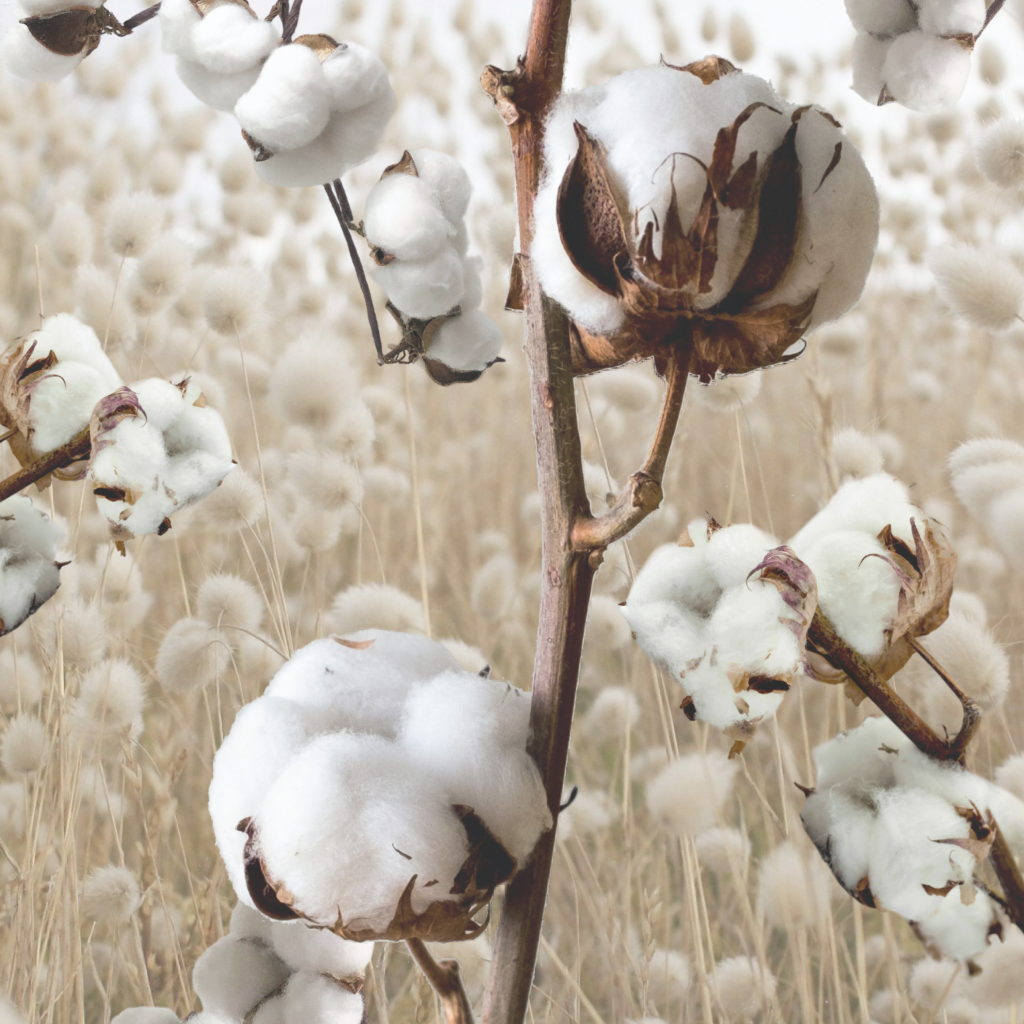What is Pre-Loved Fashion?
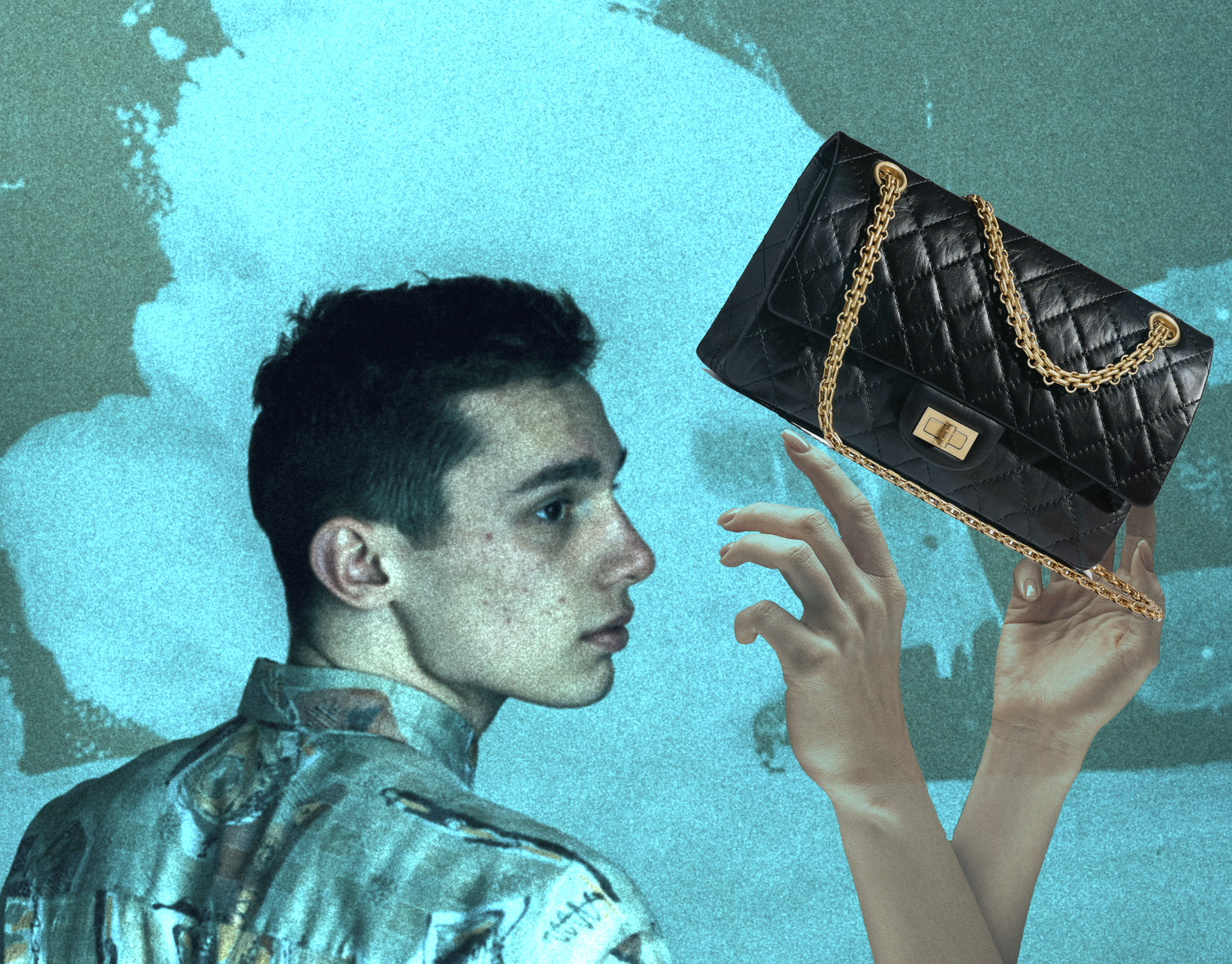
As sustainability becomes a top priority in the fashion industry, more and more high-end brands are embracing the concept of pre-loved items. This eco-friendly shift is paving the way for a new era of responsible consumerism and giving a whole new meaning to the term vintage. But what exactly does pre-loved mean, and why is it so important for the future of fashion?
What is Pre-Loved Fashion?
The term pre-loved refers to items that are no longer being produced and are re-sold to another person, offering a second life to once-treasured pieces. Unlike traditional second-hand items, pre-loved fashion pieces are held to a high-quality standard. This means they are well-maintained, carefully preserved, and retain much of their original charm. In essence, a pre-loved item has been cherished, nourished, and protected by its previous owner, ensuring that it maintains its value and appeal.
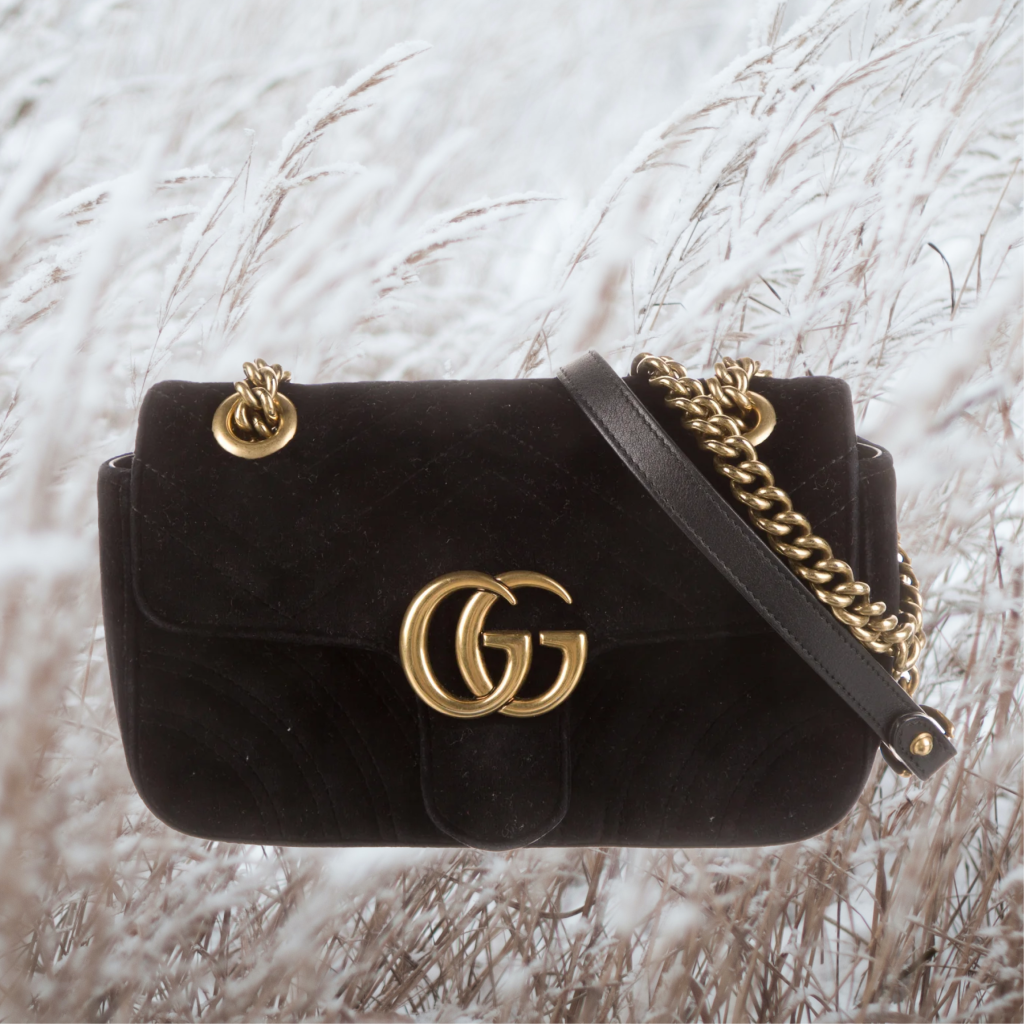
The Rise of Pre-Loved in High Fashion
As the sustainable fashion movement gains momentum, an increasing number of luxury and ethical brands are incorporating pre-loved items into their offerings. Some of the companies embracing this movement include:
- Gucci, which launched its Gucci Circular Lines initiative, encouraging customers to return pre-loved Gucci items in exchange for store credit.
- Stella McCartney, who partnered with The RealReal, a luxury consignment website, to promote the resale of her brand’s clothing and accessories.
- Patagonia, with their innovative Worn Wear program, which buys back gently used products to repair and resell at a lower price.
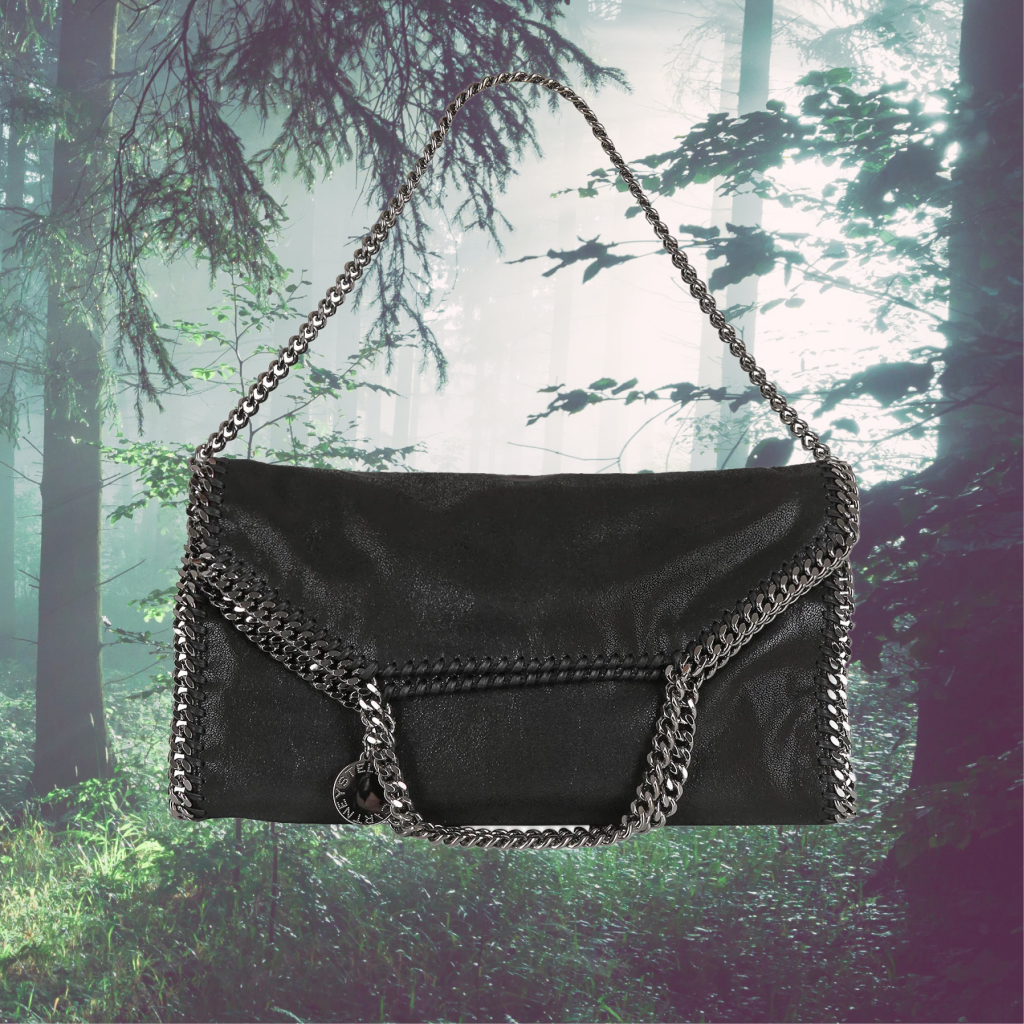
Sustainability. Towards the Future
The fashion industry is notorious for being a significant contributor to environmental pollution, and the rise of fast fashion has only exacerbated the problem. Pre-loved fashion plays a crucial role in addressing this issue by:
- Reducing waste: Pre-loved items have an extended lifespan, so they help us reduce the amount of textile waste ending up in landfills.
- Conserving resources: Producing new garments consumes a considerable amount of natural resources, such as water and raw materials. Reusing existing items reduces the demand for natural resources used in the whole supply chain, mainly raw materials and water.
As the public becomes more aware of the environmental impact of their consumption habits, second-hand fashion is quickly gaining traction. This shift in consumer behaviour is essential to the future of sustainable fashion, as it promotes a circular economy, reduces waste, and encourages responsible consumption. Brands embracing this movement are not only setting an example for the industry but also gaining a competitive edge as eco-consciousness continues to reshape fashion trends.
Discover the brightest new ethical brands flourishing in Europe in our dedicated section.
